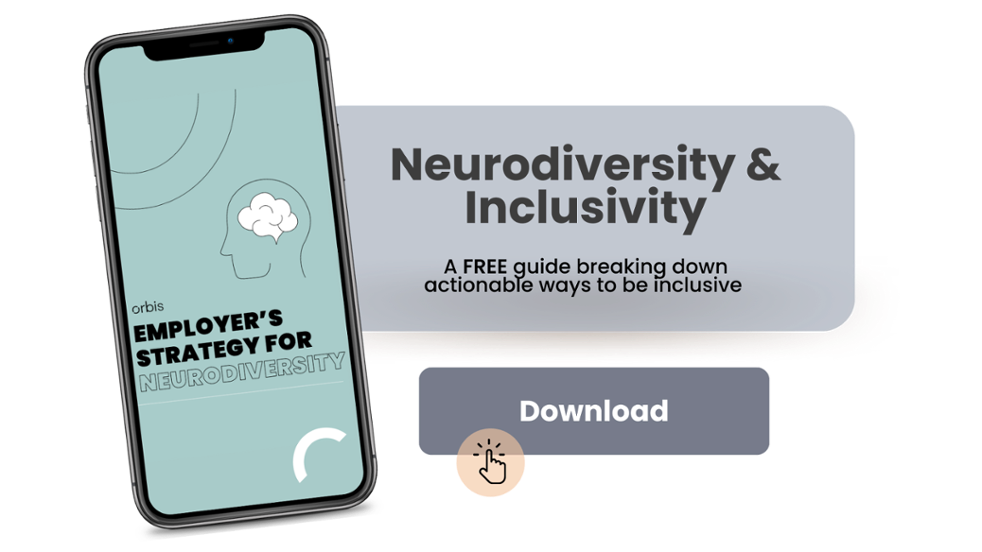
Neurodiversity is defined as, “the variation and differences in neurological structure and function that exist among human beings, especially when viewed as being normal and natural rather than pathological.”
Neurodiversity also encompasses various cognitive disorders or differences such as Dyslexia, Autism, ADHD, Anxiety, OCD, and Tourette’s to name a few. Naturally, each of these disorders presents differently in individuals and can also sit on a spectrum that can fluctuate constantly.
In essence, Neurodiversity is an umbrella term for multiple things that are defined as neurodiverse, so understanding who presents as neurodiverse in your organisation (and if they have a disorder attached to it) can equip you with the right information to start catering to them as best possible.
Did you know that 20% of the global population is considered neurodiverse? Yet, there is still an incredibly high portion of unemployment for individuals due to the lack of resources (and understanding) of how to accommodate neurodiversity at work.
Let’s break down the most common types of neurodiversity
Autism, or Autism Spectrum Conditions
Autism is a neurological developmental condition, characterised by repetitive behaviour patterns and difficulties with social communication. Struggling to deal with change, mandatory actions, or other points of view can be elements of this learning difference.
ADHD
Attention Deficit Hyperactivity Disorder (ADHD) is a neurodevelopmental condition that affects the nervous system, including the brain, during development from childhood to adulthood. People with ADHD can experience impulsivity, hyperactivity, distractedness, and difficulty following instructions and completing tasks.
Dysgraphia
Dysgraphia is a specific learning disability that affects written expression. Dysgraphia can appear as difficulties with spelling, poor handwriting and trouble putting thoughts on paper. Dysgraphia can be a language-based, and/or non-language-based disorder.
Knowing how to tackle neurodiversity as an employer can be pretty difficult - especially when these four aforementioned types are just the tip of the iceberg. Neurodiversity is complex and nuanced, so understanding the basics (and what type of neurodiversity you’re dealing with in your organisation) is crucial.
We have put together a comprehensive starter guide for employers which you can download and gain insights from [here].
The guide breaks down the following principles:
-
A more in-depth look at neurodiversity
-
How to create a more inclusive workforce for diverse employees
-
Tips and advice which any business (of any size) can benefit from and start using today



